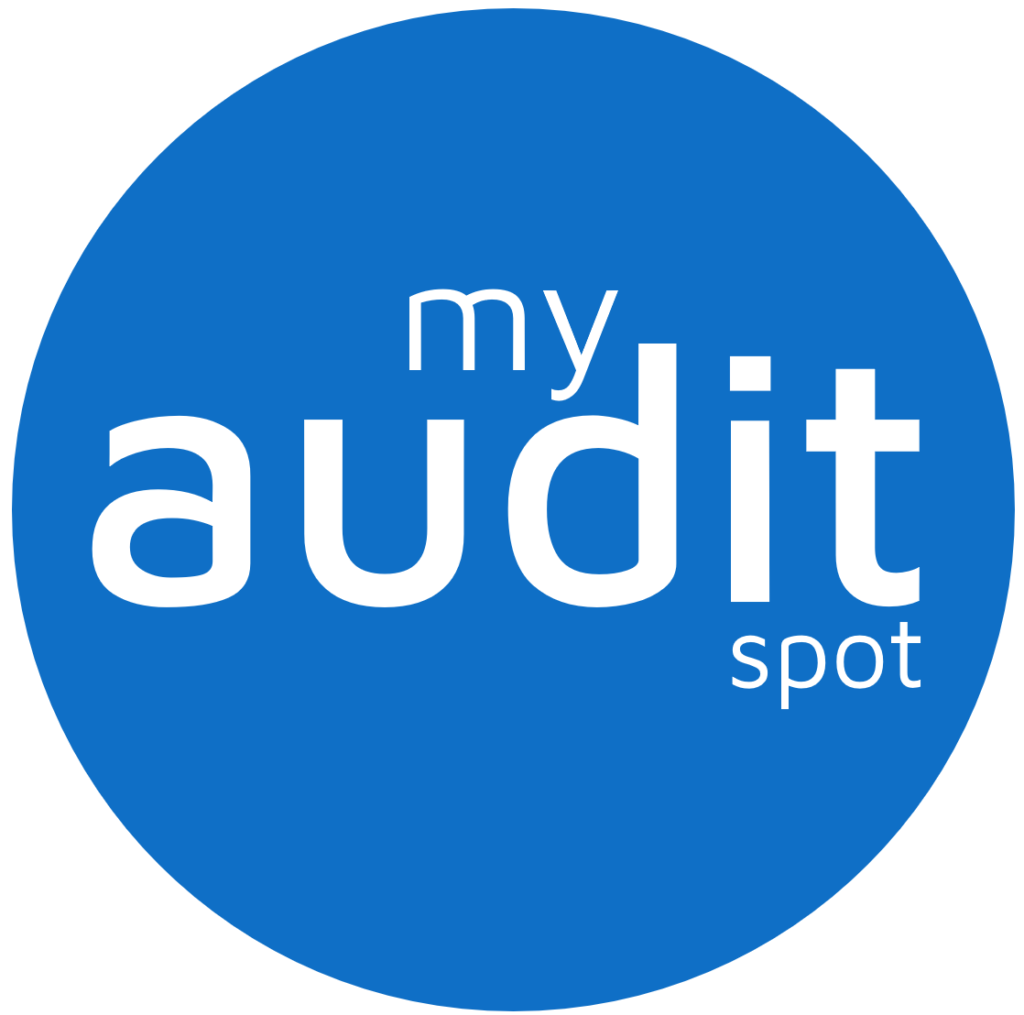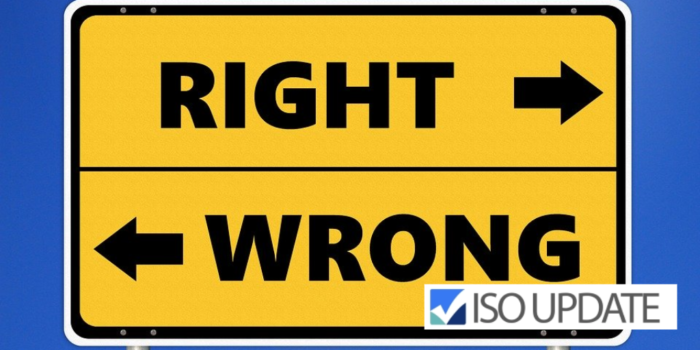The International Organization for Standardization (ISO) has a number of standards that work towards monitoring climate change, quantifying greenhouse gas emissions and promoting good practices in environmental management.
One such guide is ISO/DGuide 84, which sets guidelines for addressing climate change in standards. You can learn more about the guide here. ISO has also set goals for their contribution to the UN’s initiatives for sustainable development “By supporting our members to maximize the benefits of international standardization and ensure the uptake of ISO standards, we’re helping to meet the United Nations Sustainable Development Goals (SDGs).” – Source
In this article, we will focus on ISO’s goal of “Climate Action – Take urgent action to combat climate change and its impacts”, and on the ISO 14000 family of standards, which focus on environmental management systems (EMS).
First, to understand the need for standards, we should investigate the effects we have on the environment, and what we can do to change. Every one of us has an impact on the environment, but arguably, organizations have a larger, more reaching effect on the environment. Consider the footprint of each item you manufacture; where it came before you, where it will go after it leaves you, and the ripple effect that follows. Therefore, companies have a duty to consider each stage of their product or services journey, and its effect on the environment. This is also applicable to your suppliers and the processes they use to provide you with a product or service.
One major impact to consider from your organization, and the world-leading cause of climate change is greenhouse gases.
Greenhouse Gases
The United States Environmental Protection Agency defines Greenhouse Gases as “gases that trap heat in the atmosphere”. The name ‘greenhouse gases’ references the greenhouse effect. Greenhouse gases allow the sun’s light to shine onto Earth’s surface, and then the gases, such as ozone, trap the heat that reflects back from the surface inside the Earth’s atmosphere. The gases act like the glass walls of a greenhouse—thus the name, greenhouse gas. The more GHG’s present, the less heat that can leave the atmosphere, thereby increasing the overall temperature of the Earth and shifting the balance of the weather cycle, and global environmental patterns. –Source
Types of Greenhouse Gases
Carbon dioxide: Created by the burning of fossil fuels like coal, natural gas, oil, and biological materials like trees; the reaction of certain chemicals like the manufacture of cement.
Methane: Emitted during the production and transport of coal, natural gas and oil; the result of livestock and agricultural practices; decay of organic materials in landfills.
Nitrous oxide: Emitted during agricultural and industrial activities; combustion of fossil fuels and solid waste; during treatment of wastewater.
Fluorinated gases: Hydrofluorocarbons, perfluorocarbons, sulfur hexafluoride, and nitrogen trifluoride are synthetic, powerful greenhouse gases that are emitted from a variety of industrial processes. Fluorinated gases are sometimes used as substitutes for stratospheric ozone-depleting substances (e.g., chlorofluorocarbons, hydrochlorofluorocarbons, and halons). These gases are typically emitted in smaller quantities, but because they are potent greenhouse gases, they are sometimes referred to as High Global Warming Potential gases (“High GWP gases”).
Learn more from the United States Environmental Protection Agency about GHG Greenhouse Gases
Depending on your industry, you may not have a direct reaction to these gases, nor how they relate to how you change. However, relating back to your environmental footprint, consider how you receive the raw goods you utilize to create your end product, how are they manufactured? Do you ship products across the globe – how are you ensuring the organization you hire to ship these goods is not dumping their garbage in the ocean or polluting the air with toxic chemicals?
ISO Solutions
This is where utilizing industry best practices and international standards is essential. By putting in the work to comply with an international standard, you can be sure your management system will not allow you to hire a supplier who harms the environment. While this is just a small example, it illustrates just how ISO Standards and proper utilization can help.
ISO 14001 is the standard for environmental management systems (EMS) which you as an organization can become certified to. This standard was developed as a guideline for organizations to follow to ensure their business processes are conducted in a way that is sustainable and environmentally conscious.
ISO 14001 was developed as guidance for organizations to better their processes from the inside out with their environmental impact at the core of each decision made. Compliance with ISO 14001 provides a systematic and strategic approach to dealing with your company’s effect on the environment and its solutions to decrease your impact.
Organizations with certification to ISO 14001 benefit from industry best practices for sustainability, internal and external audits and validation, constant feedback and improvement measures, and confidence in your measurements of effectiveness. Because of the lifecycle of ISO Certification, your processes will be evaluated internally and externally over a three-year cycle, with certain major and critical processes being evaluated yearly. With this cycle, you can be assured that your organization is operating at its best potential with regards to environmental management systems, and processes that are not effective will be evaluated, altered, and monitored on a consistent basis to ensure their improvement and success.
With the new revision to the standard, ISO 14001:2015, like ISO 9001:2015, an emphasis has been placed on Leadership commitment. In previous versions of the standards, management commitment was not a requirement. With the new revision, there is no such thing as a management representative, now everyone is required to commit to the promotion of the EMS. Also, in previous versions of the standard, ISO 14001 required a commitment to reducing negative environmental impacts. Now, organizations much also commit to having a positive impact and improving environmental conditions.
If all organizations and corporations utilized these ISO requirements and best practices, imagine the positive effect on the environment!
Part of the ISO 14000 family of standards includes guides and requirement documents that help organizations with proper protocol and standard best practices for audits, communications, labelling and life cycle analysis, as well as environmental challenges such as climate change. ISO 14064 is one guide with a specific focus on quantification and reporting of greenhouses emissions and their removal. ISO has a full list of standards created to help with the climate crisis, you can learn more about the ISO 14000 Family here.













